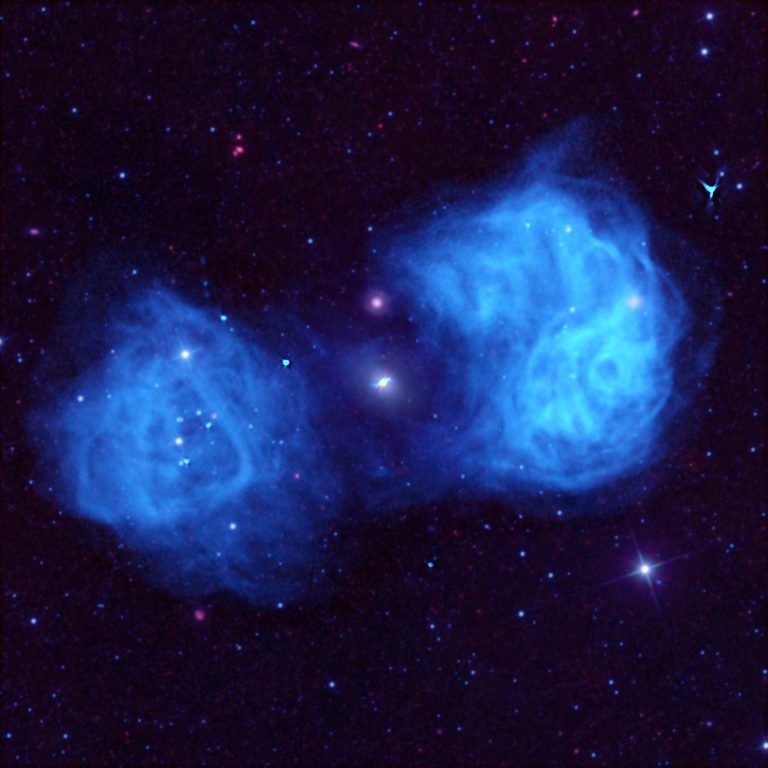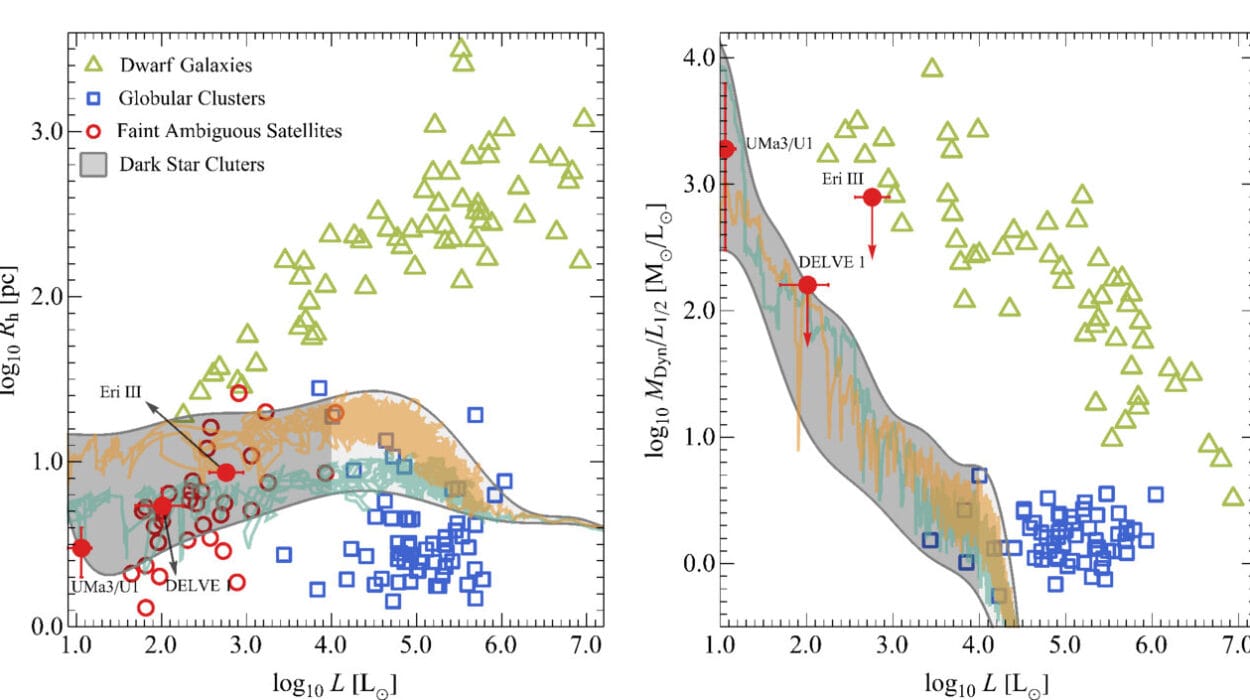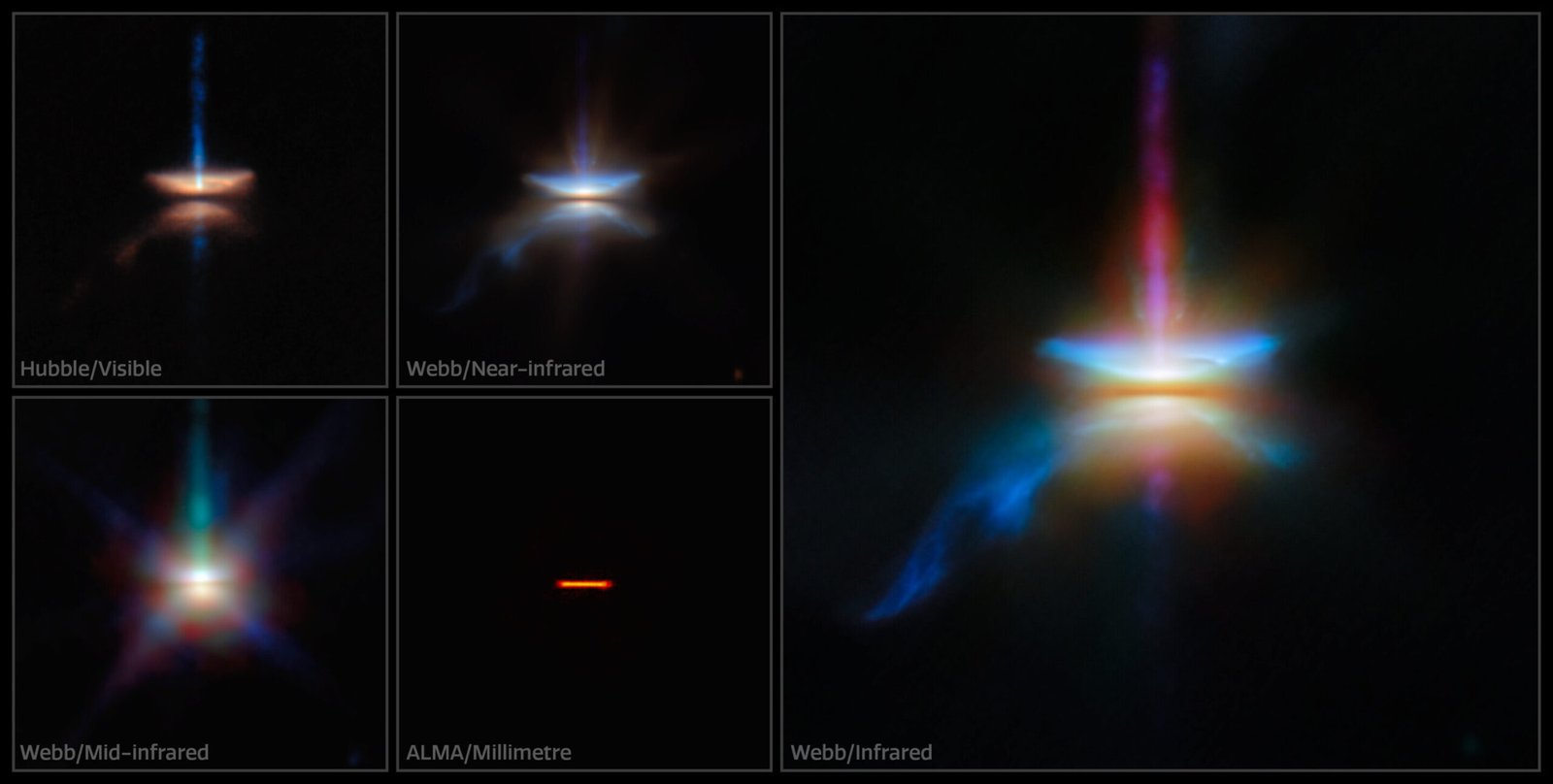Astronomy, the study of celestial objects and phenomena beyond Earth’s atmosphere, is a field that has been captivating humanity for millennia. Traditionally, astronomers have relied on visible light to explore the stars, planets, and other celestial objects. However, over the past century, the discovery of radio waves has revolutionized our understanding of the cosmos in ways that were previously unimaginable. Radio waves, which are part of the electromagnetic spectrum, have provided astronomers with an entirely new perspective on the universe, allowing them to peer into the depths of space beyond the limits of visible light.
The universe is vast, mysterious, and ever-expanding. In the early 20th century, scientists realized that there was more to the universe than meets the eye. While visible light from stars and galaxies offered valuable insights, it was not enough to fully uncover the complexities of the universe. The breakthrough came when radio waves were first detected in space, opening the door to a new realm of astronomical exploration. But how exactly do radio waves contribute to our understanding of the universe? To answer this question, we must first understand what radio waves are, how they are detected, and what they reveal about the universe.
What Are Radio Waves?
Radio waves are a type of electromagnetic radiation, like visible light, X-rays, and gamma rays, but with much longer wavelengths. The electromagnetic spectrum is the range of all types of electromagnetic radiation, and radio waves have the longest wavelengths and lowest frequencies. While the human eye can only detect visible light, radio waves are invisible to us, though they play an essential role in many technologies we rely on, such as radio broadcasting, television, and cell phones.
Radio waves have wavelengths that can range from millimeters to kilometers, and their frequencies can vary from about 3 kHz to 300 GHz. Because of their long wavelengths, radio waves can pass through clouds, dust, and even interstellar gas, which often obstruct visible light. This unique property makes them invaluable tools in astronomy. While visible light is absorbed or scattered by the interstellar medium (the gas and dust between stars), radio waves can travel freely across vast distances of space, carrying information that would otherwise be hidden.
The Discovery of Radio Waves in Astronomy
The history of radio astronomy dates back to the late 1930s when scientists first realized that the universe could emit radio waves. While radio waves had been studied in laboratories for decades, their potential to probe the universe was not immediately recognized. The first breakthrough came in 1931 when the American engineer Karl Jansky accidentally detected radio signals emanating from the Milky Way. Jansky was working for Bell Telephone Laboratories, trying to locate sources of radio interference, when he stumbled upon a mysterious signal coming from the direction of the constellation Sagittarius.
At first, Jansky thought the signal was coming from the Sun, but he soon realized that the source was not solar but rather emanating from the heart of the Milky Way galaxy. This discovery marked the birth of radio astronomy, though its significance was not immediately appreciated. Jansky’s discovery was followed by similar observations by other scientists, including the American physicist Harold E. “Doc” Shain, who detected strong radio emissions from the Sun in 1932.
In 1939, Australian radio astronomer, Sir Martin Ryle, and British scientist, Geoffrey Boots, developed an important technique called aperture synthesis, which allowed radio telescopes to capture more precise and clearer images of celestial objects. This technique was later used to create the first true radio map of the sky. These early discoveries set the stage for the development of modern radio astronomy and the realization that the universe was emitting signals that we could detect and study using radio waves.
How Do We Detect Radio Waves in Space?
To detect radio waves, astronomers use radio telescopes. These telescopes function similarly to optical telescopes, but instead of focusing visible light, they are designed to capture radio waves. Radio telescopes are large, curved dishes that collect and focus radio waves onto a receiver. The receiver then converts the radio waves into electrical signals that can be analyzed by scientists.
One of the most famous radio telescopes is the Arecibo Observatory in Puerto Rico (before its collapse in 2020), which featured a large radio dish that was used for both radio astronomy and communications. Another well-known radio telescope is the Very Large Array (VLA) in New Mexico, which consists of 27 radio antennas spread across a wide area. The VLA has played a crucial role in some of the most significant discoveries in radio astronomy.
However, building and operating radio telescopes is no easy task. The challenges of detecting radio waves from space are considerable. First, the Earth’s atmosphere can absorb certain frequencies of radio waves, so most radio telescopes are built in locations with minimal interference, such as deserts or remote mountain regions. Second, the radio signals from distant celestial objects are often very weak, so radio telescopes need to be extremely sensitive to capture them. Finally, because radio waves travel at the speed of light, astronomers must be able to distinguish between signals coming from different directions and distances.
To overcome these challenges, astronomers use an array of techniques, including the use of multiple telescopes working together in a method known as interferometry. In this approach, data from several radio telescopes spread across large distances are combined to produce higher-resolution images of the sky. This technique allows scientists to study distant objects with incredible detail.
What Do Radio Waves Reveal About the Universe?
Radio waves offer a wealth of information about the universe. By analyzing radio signals from various celestial objects, astronomers can gain insights into the physical conditions, chemical composition, and even the dynamics of distant stars, galaxies, and nebulae. Radio waves have enabled scientists to probe regions of space that are invisible in visible light, unlocking new realms of discovery. Some of the key findings that radio astronomy has made possible include:
- Mapping the Milky Way: One of the most significant discoveries made possible by radio waves is our understanding of the structure of the Milky Way galaxy. Radio waves can penetrate through the dust and gas that obscure visible light, allowing astronomers to create detailed maps of the galaxy’s spiral arms, its center, and the distribution of stars and gas clouds. Using radio telescopes, astronomers have identified massive clouds of gas in our galaxy where new stars are being born. These regions, known as molecular clouds, emit strong radio waves, allowing scientists to study the processes of star formation and the conditions that lead to the birth of new stars.
- Observing Pulsars: Pulsars are rapidly rotating neutron stars that emit beams of radio waves in regular pulses. The discovery of pulsars in 1967 by British astrophysicist Jocelyn Bell Burnell was a major breakthrough in astronomy. Pulsars are fascinating objects because they provide astronomers with precise cosmic clocks. By studying the pulses of radio waves emitted by pulsars, scientists can measure the extreme conditions of matter in the most compact and dense objects in the universe. Pulsar timing has been used to test fundamental theories of physics, including general relativity. For example, pulsars in binary systems—where two stars orbit each other—can provide valuable data about the effects of gravitational waves, ripples in spacetime predicted by Einstein’s theory of general relativity.
- Exploring Black Holes: Radio waves have also been instrumental in the study of black holes. While black holes themselves do not emit visible light, they can produce intense radio emissions when matter is accreted onto them, forming a hot, glowing disk of material. The most famous example of this is the supermassive black hole at the center of the galaxy M87, which was the subject of the first-ever image of a black hole captured by the Event Horizon Telescope (EHT) in 2019. Radio waves were key in capturing this image, as the radio signals allowed astronomers to observe the region around the black hole in unprecedented detail.
- Radio Galaxies and Quasars: Some of the most powerful sources of radio waves in the universe are galaxies and quasars. These objects, known as radio galaxies, emit vast amounts of radio energy from their central supermassive black holes. Quasars, in particular, are some of the brightest objects in the universe, and they are often located at the centers of distant galaxies. By studying the radio emissions from quasars, astronomers can learn about the processes taking place near supermassive black holes, as well as the evolution of galaxies over cosmic time.
- Cosmic Microwave Background Radiation: Perhaps the most important discovery in the field of radio astronomy is the detection of the Cosmic Microwave Background (CMB) radiation. In 1965, American scientists Arno Penzias and Robert Wilson accidentally discovered the CMB, which is the faint afterglow of the Big Bang. This discovery provided the first direct evidence for the Big Bang theory of the origin of the universe. The CMB is a faint, uniform glow of radio waves that permeates the entire universe, and its study has helped astronomers refine our understanding of the early universe’s conditions and its subsequent evolution.
The Future of Radio Astronomy
The field of radio astronomy continues to evolve at a rapid pace, with new technologies and discoveries expanding our understanding of the universe. One of the most exciting upcoming developments is the Square Kilometre Array (SKA), a massive radio telescope project currently under construction in South Africa and Australia. The SKA will consist of thousands of radio antennas spread across a vast area, allowing astronomers to observe the universe in unprecedented detail and sensitivity. The SKA will help answer fundamental questions about the origins of galaxies, the nature of dark matter, and the search for extraterrestrial life.
Another exciting project is the James Webb Space Telescope (JWST), which, although primarily designed to observe infrared light, will also complement radio astronomy by providing new insights into regions of space that radio waves alone cannot reach.
Conclusion
Radio waves have become an indispensable tool in the field of astronomy, providing a unique window into the universe that is invisible to the human eye. From mapping the structure of the Milky Way to studying black holes and the afterglow of the Big Bang, radio waves have revolutionized our understanding of the cosmos. As new technologies and telescopes are developed, radio astronomy will continue to push the boundaries of human knowledge, helping us explore the universe in ways we never thought possible. The next great discoveries in astronomy may very well come from the signals we detect in the form of radio waves, offering us even greater insights into the mysteries of the universe.






